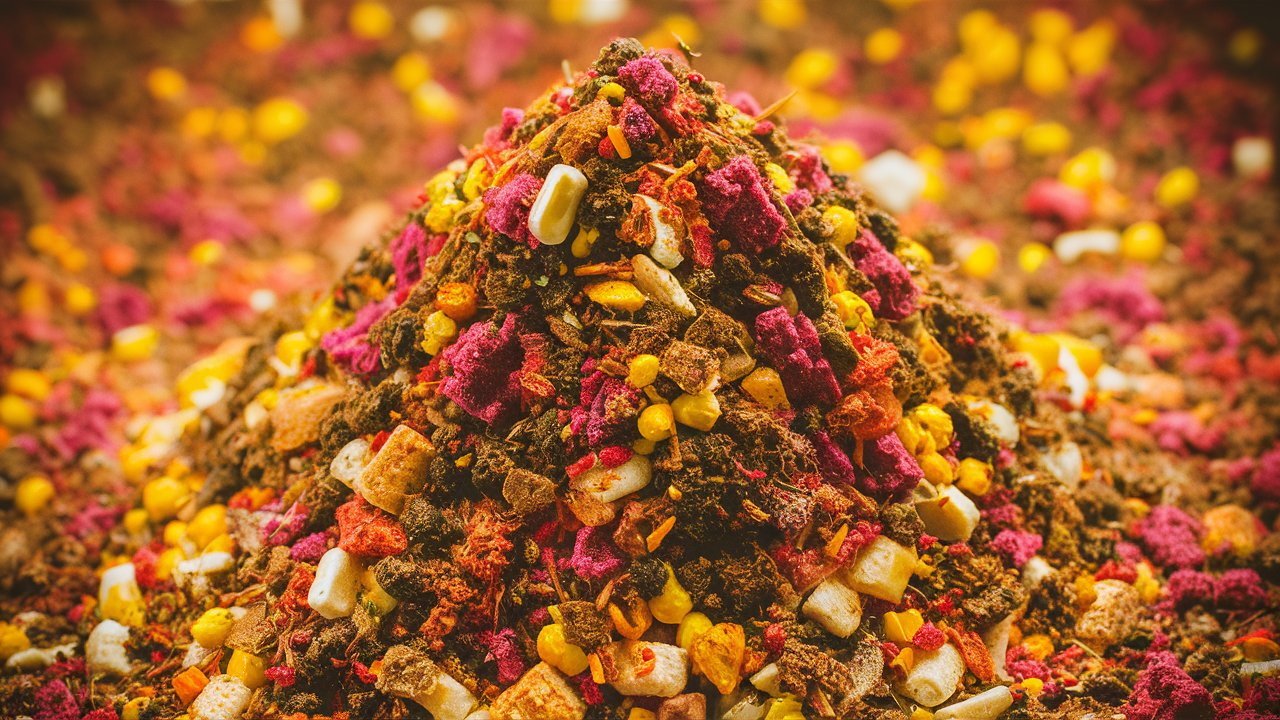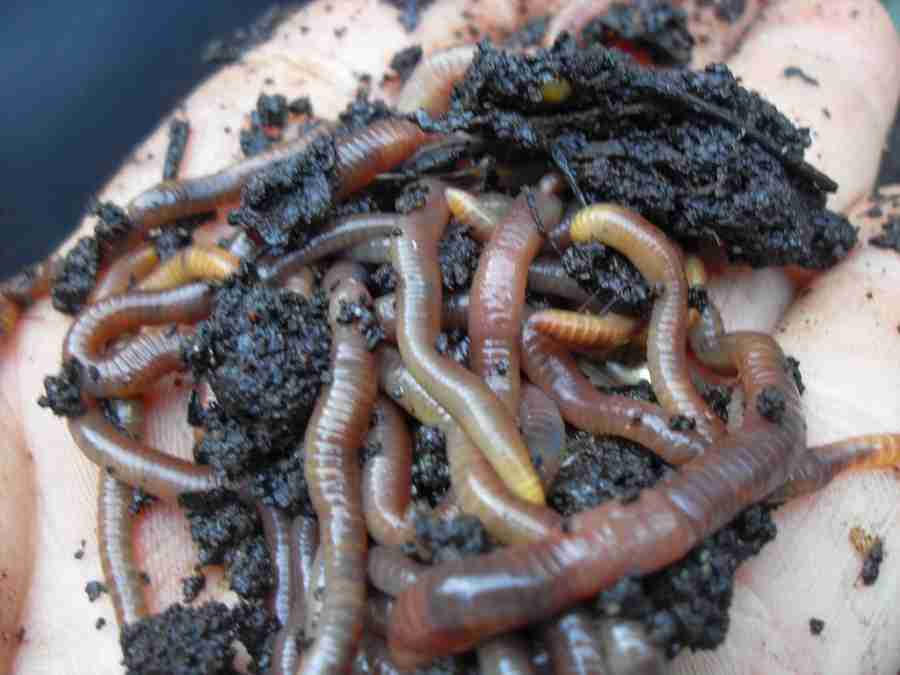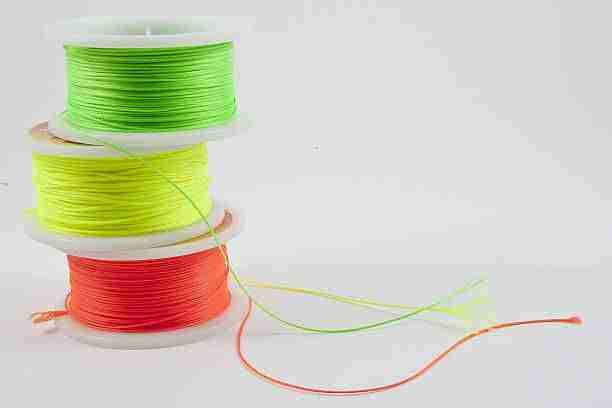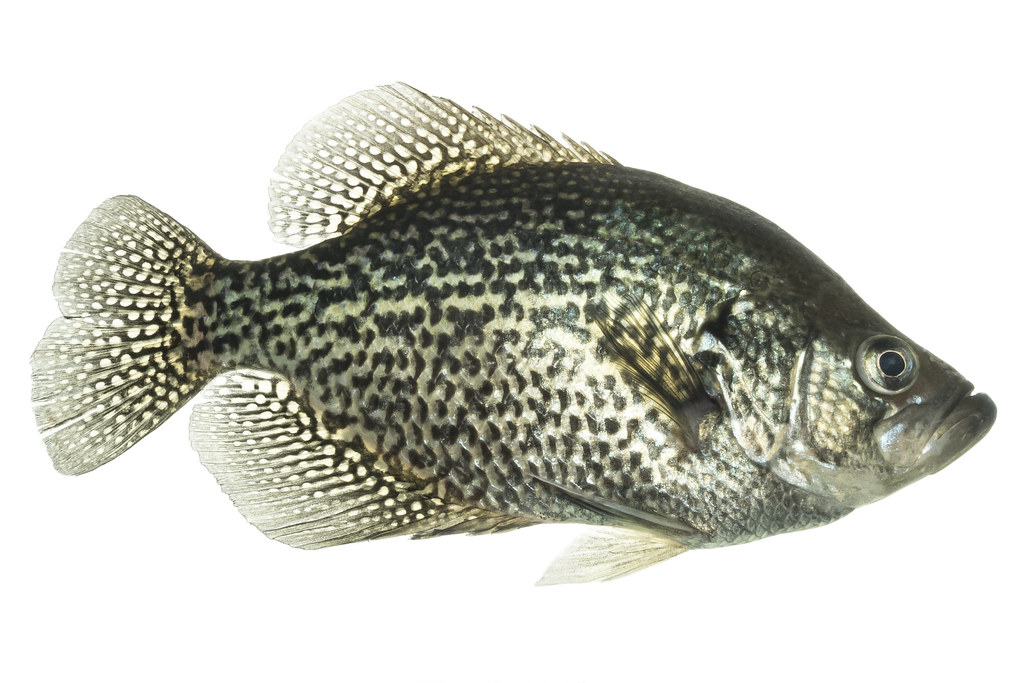
What is Black Crappie (Pomoxis Nigromaculatus)?

7 min read
What is Black crappie (Pomoxis Nigromaculatus)?
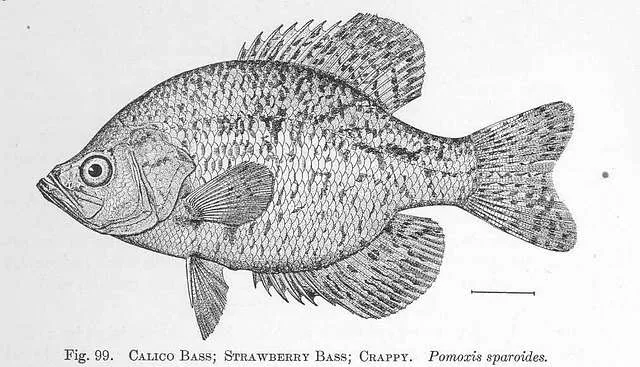
The black crappie is a freshwater fish that is found in North America. It is a popular game fish and is also known as the speckled perch, calico bass, paper mouth, and crawfish. The black crappie is a member of the sunfish family and is closely related to the white crappie.
The average size of black crappie is between 10 and 16 inches, and they can weigh up to 3 pounds. The body of the black crappie is elongated and compressed and has a dark back with a scattering of black spots. The belly is white or pale, and the fins are dark.
What is White crappie?
The white crappie is a species of freshwater fish that is native to North America. It is a member of the sunfish family and is closely related to the black crappie. The white crappie is typically smaller than the black crappie and has a lighter-colored body with dark spots. It is a popular game fish and is often sought after by anglers. The white crappie is also a popular choice for aquaculture and is farmed in many parts of the world.
Where do black crappies live?
The black crappie is typically found in slow-moving waters that contain plenty of covers for them to hide.
Common places to find them include lakes, ponds, and rivers. They will often be found near submerged logs, brush piles, or weed beds.
The black crappie is not particularly fussy regarding habitat and can even be found in brackish water.
What does black crappie (Pomoxis Nigromaculatus) eat? The Black crappie typically eats small fish, insects, and crustaceans.
Their diet can vary depending on the availability of food sources in their environment.
Black Crappie Habitat
The black crappie is found in a variety of freshwater habitats including ponds, lakes, reservoirs, and rivers. They prefer clear waters with vegetation and submerged structures such as logs, brush piles, and aquatic plants.
The black crappie is generally found in shallower waters than other species of crappie. In the summer months, they will often be found in waters less than 10 feet deep. During the winter months, they may move to deeper waters. The black crappie is also known to move into flooded areas during the spring.
How does black crappie reproduce?
The male crappie builds a nest by fanning out vegetation in shallow water. The female crappie lays her eggs in the nest and the male crappie guards the eggs until they hatch. The fry (baby fish) are cared for by their parents for the first few weeks of their life. The fry then disperses and begins to fend for themselves.
Black crappie Spawning season
Black crappies spawn in the spring when the water temperatures reach 68-74 degrees Fahrenheit. The females lay their eggs in beds of vegetation and can lay up to 15,000 eggs per spawn. The eggs hatch in 5-10 days and the young fish are called fry. The fry grows quickly and can reach 6 inches in length by its first winter.
The fry grows quickly and reaches maturity within 2 years.
What is the life cycle of black crappie?
- Range lifespan Wild 15 (high) years
- Average lifespan: Wild 7 years
- Average lifespan: Captivity12.0 years
What are the predators of black crappie?
Some of the most common predators of black crappie include largemouth bass, northern pike, muskellunge, walleye, and catfish. These fish are all capable of eating black crappie, and they often do so when the opportunity arises.
Additionally, otters, turtles, and some types of birds (such as cormorants) also prey on black crappie. In general, any creature large enough to eat black crappie is a potential predator.
However, not all predators are equally common, and some are more likely to eat black crappie than others.
How Big or How old is Black Crappie?
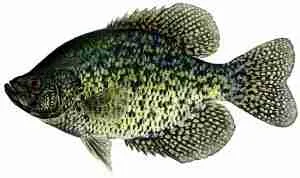
How old is a 6 inch crappie?
A 6 inch black crappie typically averages about 2 years old. They can grow up to about 18 inches, but 6 inches is a more common size.
How old is a 9 inch crappie?
A 9 inch black crappie is typically about 4 years old.
How old is a 14 inch black crappie?
A 14-inch black crappie is about 4 years old.
How big is a 1-year-old crappie?
A one-year-old Crappie is about four to eight inches long.
Is a 1.5 lb crappie big?
A 1.5 lb crappie is a pretty big fish, especially if you’re used to catching smaller ones. They’re not the biggest fish out there, but they’re still a good size. If you’re looking to eat them, then you’ll probably want to clean and cook them right away. But if you’re just looking to catch and release, then you can do that too.
Black crappie Q&A
Is Black crappie good to eat?
The black crappie is considered to be a good-eating fish, especially when compared to its cousin, the white crappie. This is because black crappie tends to be lower in mercury levels. Mercury is a harmful pollutant that can accumulate in fish and is especially harmful to pregnant women and young children.
While all fish should be consumed in moderation, black crappie is a safer choice when it comes to mercury levels. In addition to being lower in mercury, black crappie is also said to have a sweeter flavor than white crappie. So if you’re looking for a delicious and safe fish to eat, black crappie is a great option.
Is Black Crappie rare?
There is no doubt that black crappie is rare. In fact, they are so rare that many anglers believe that they are the result of a genetic mutation. While there is no scientific evidence to support this theory, it is undeniable that black crappie is not as common as their white counterparts.
There are several theories as to why black crappie are so rare. One theory suggests that they are the result of the hybridization between white crappie and black bass. Another theory posits that they are simply a rare color variation of white crappie.
Regardless of their origins, black crappie is a coveted prize for many anglers. While they are not as easy to catch as white crappie, black crappie is well worth the effort. They are typically larger than white crappie, and their distinctive color makes them a truly unique trophy.
If you’re lucky enough to land a black crappie, be sure to take a photo to document your catch!
Where is the best place to fish for crappies?
There is no definitive answer to this question as crappies can be found in a variety of habitats depending on the time of year and the specific location.
However, some general tips that can be useful when searching for the best place to fish for crappies include studying the local maps to identify potential hotspots, speaking with experienced anglers in the area, and using baits and lures that are known to be effective for this species of fish.
What tastes better white or black crappie?
There is no definitive answer to this question as it depends on personal preference. Some people might find that white crappie tastes better, while others might prefer black crappie. Ultimately, it is up to the individual to decide which they think tastes better.
How do you identify black crappie?
There are a few ways to identify black crappie. One way is to look at the markings on the fish. Black crappie usually has 7-8 vertical bars on their sides. They also have a dark blotch at the base of their tail. Another way to identify black crappie is by their size. They are usually smaller than white crappie, and they have smaller mouths.
Conclusion
Pomoxis Nigromaculatus is a freshwater fish found in North America. The black crappie is a freshwater fish found in North America. It is a popular sport fish and is also used for food.
